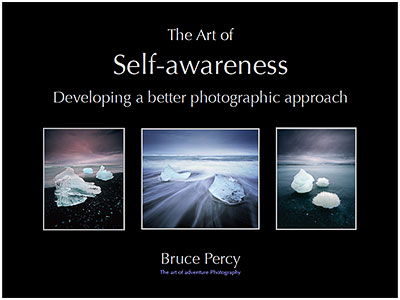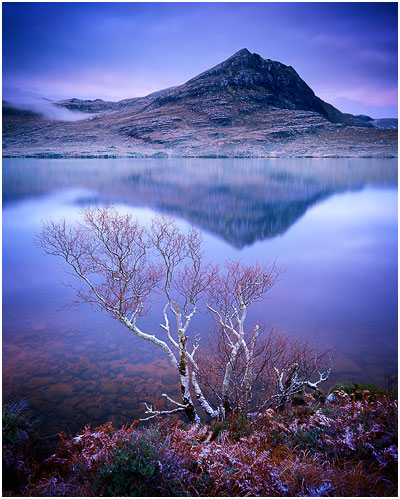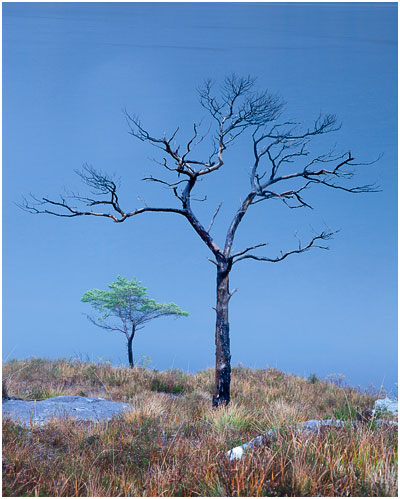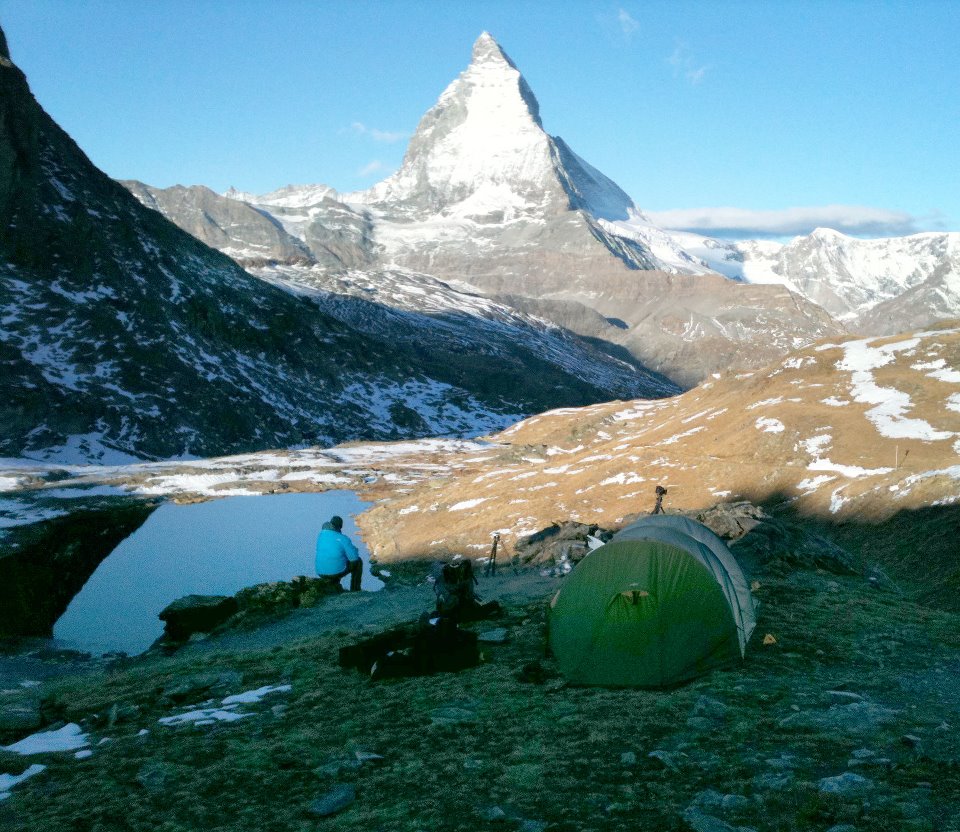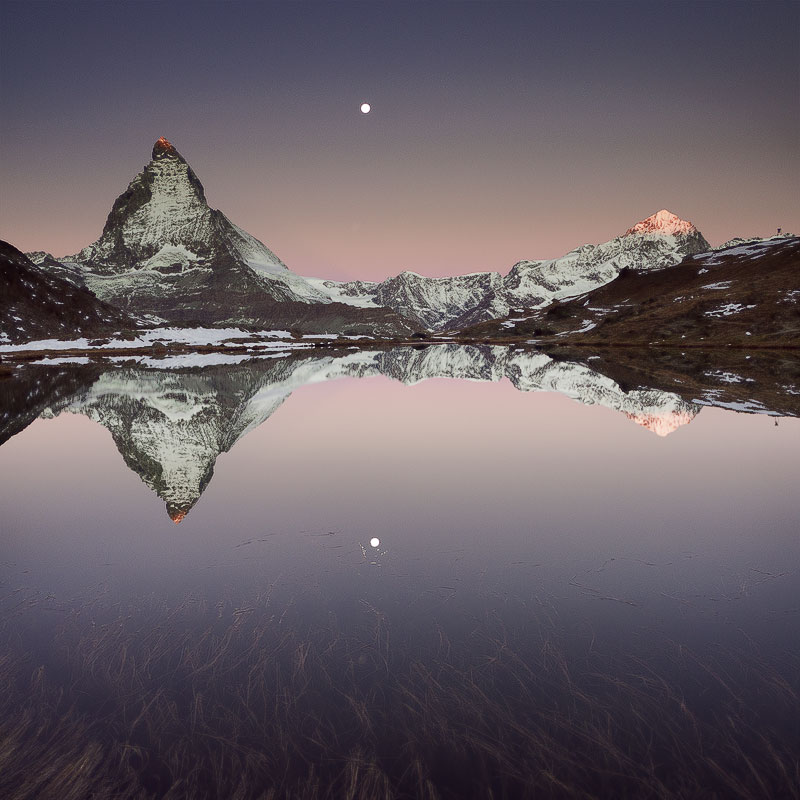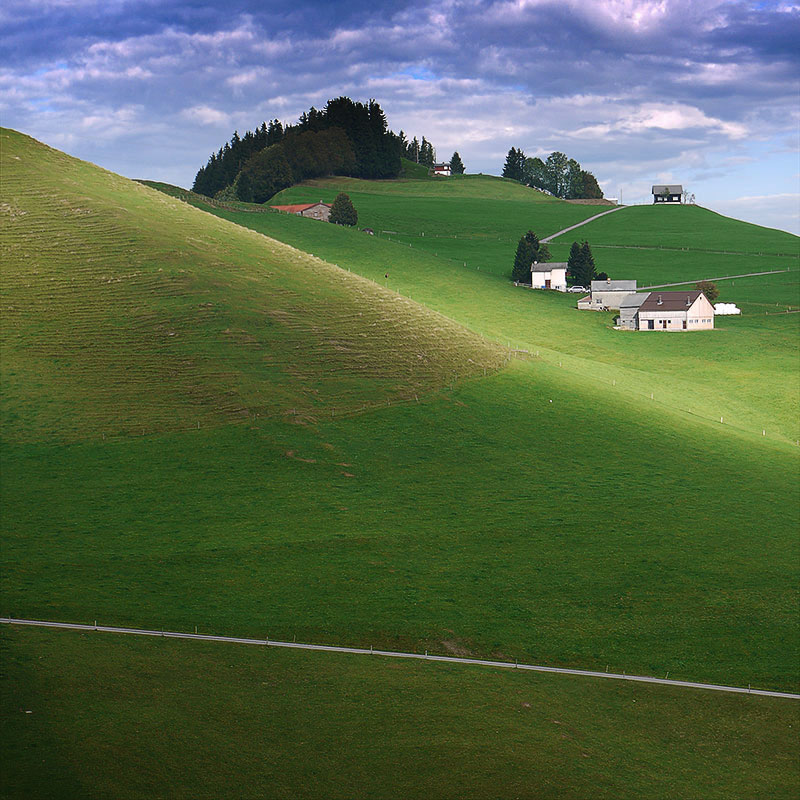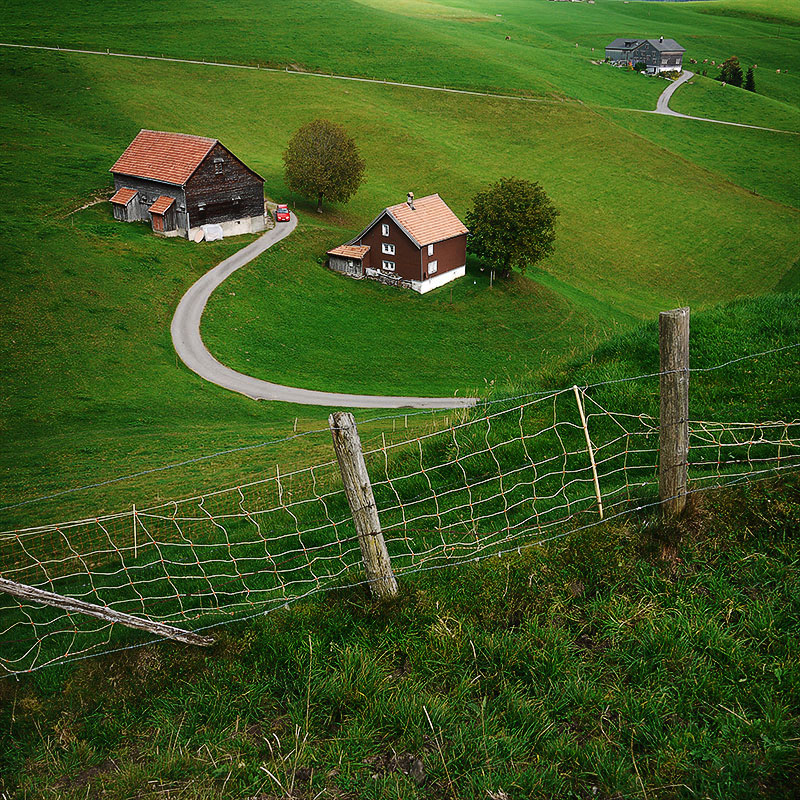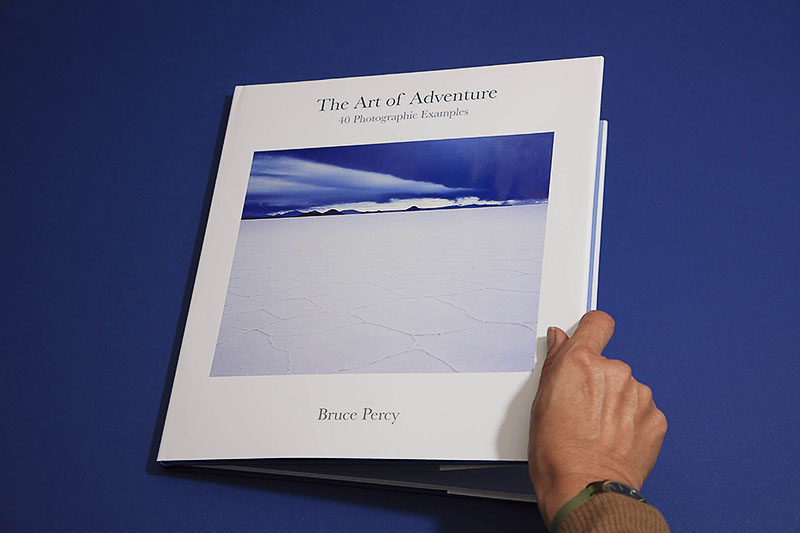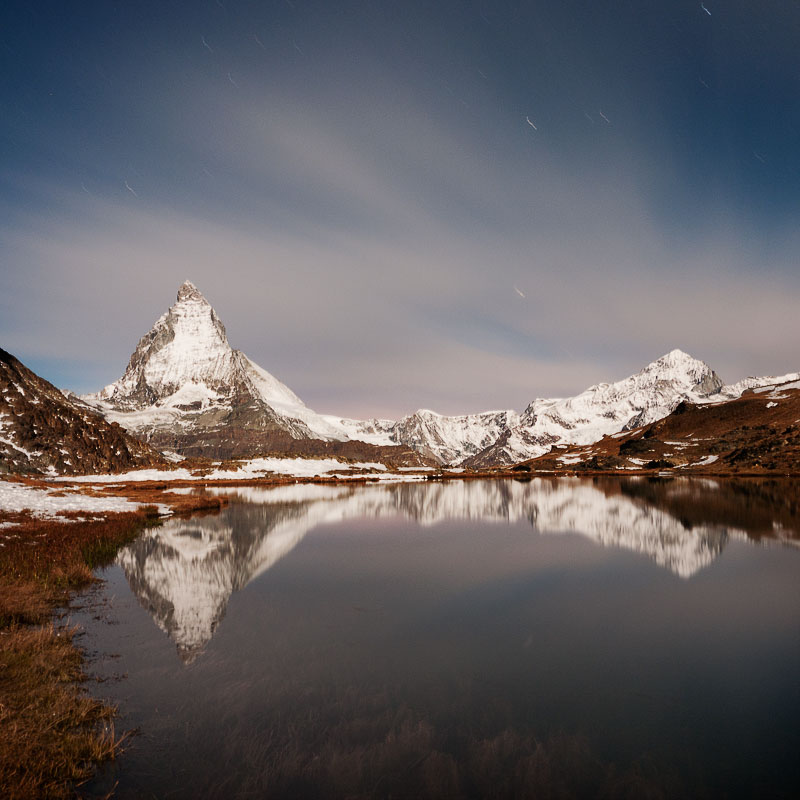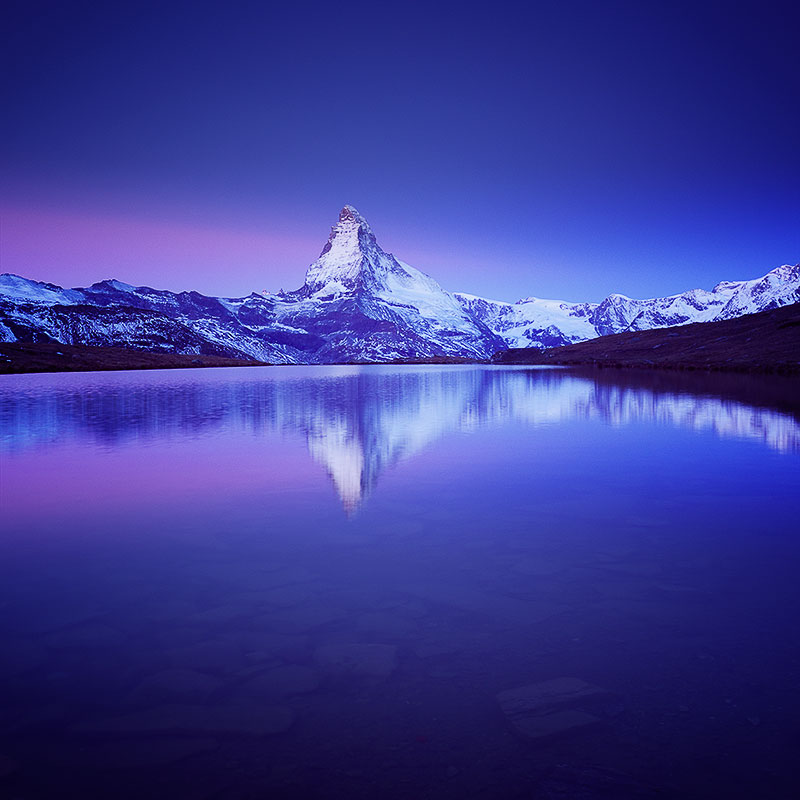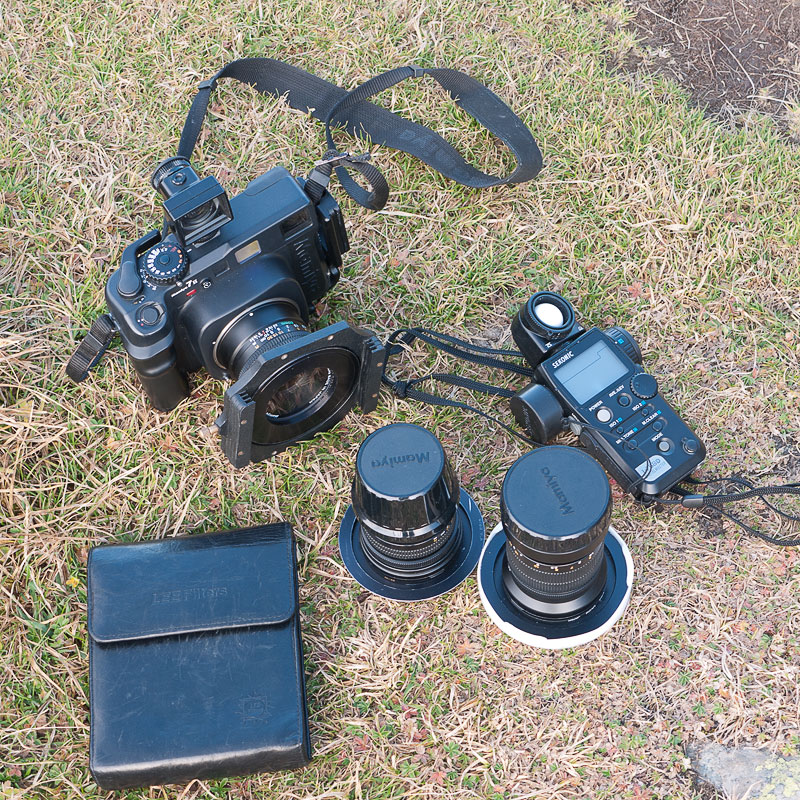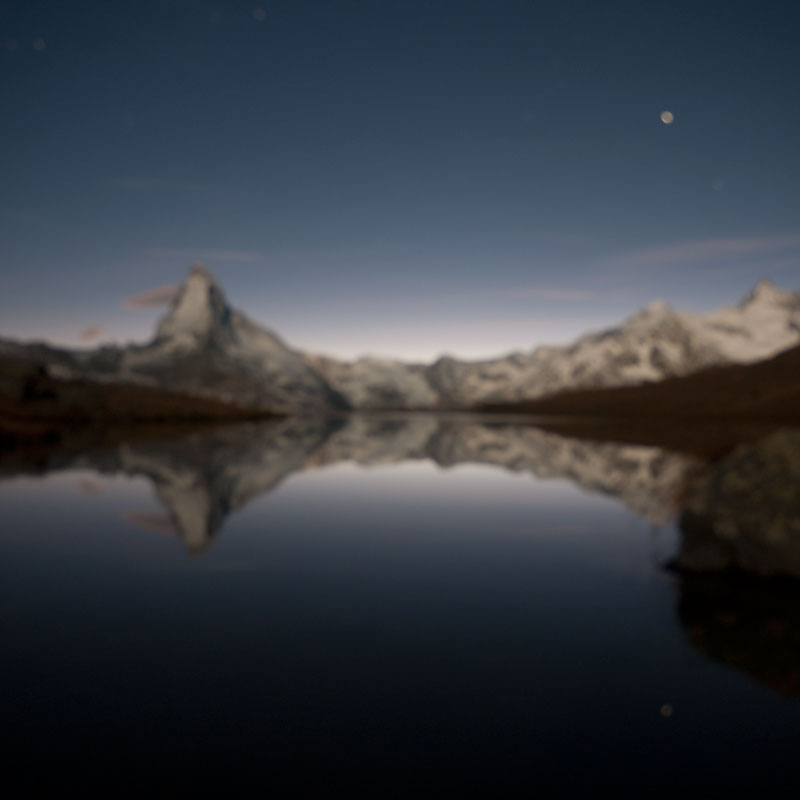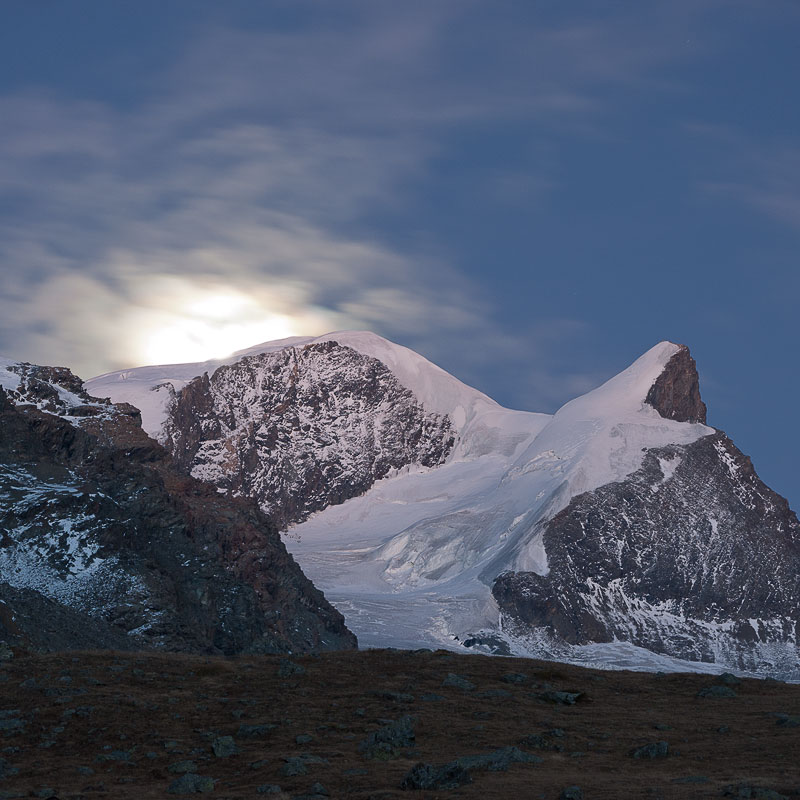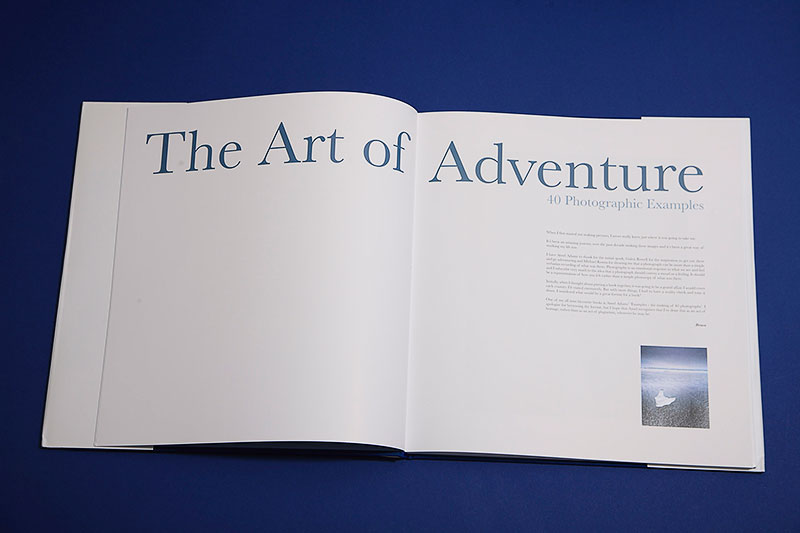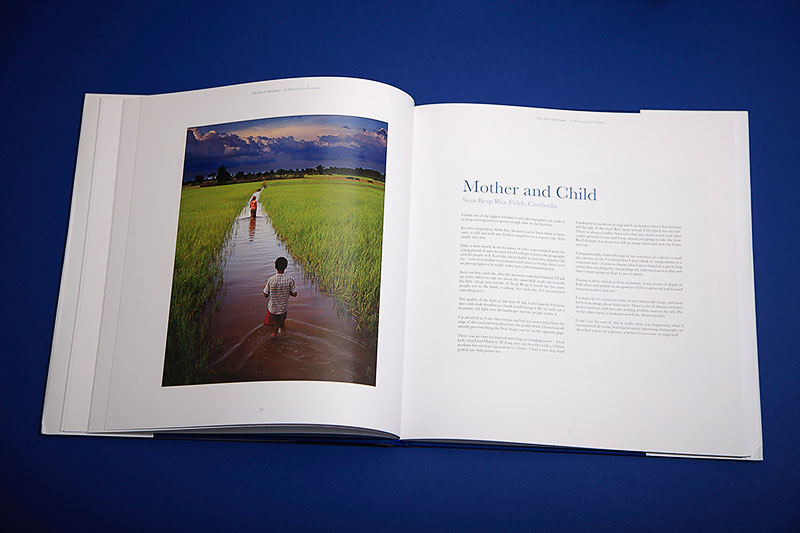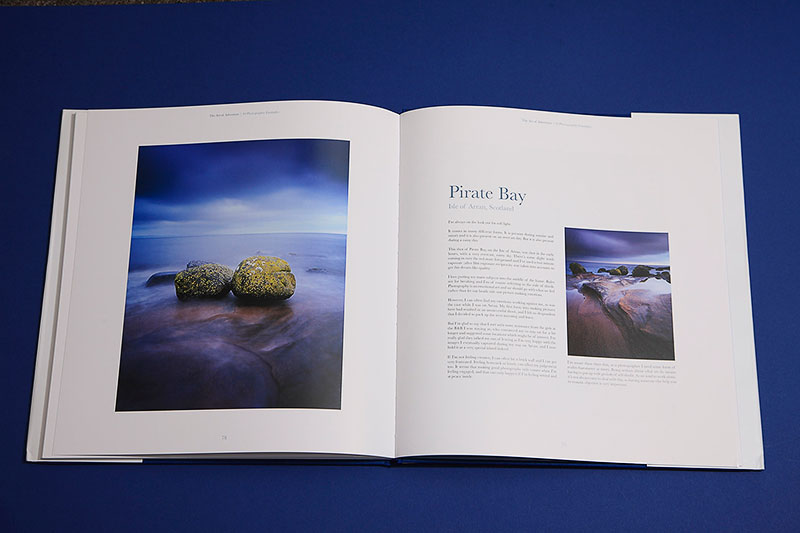I'm pleased to let you know about a new eBook I've just released. Ever since I started to conduct photographic workshops, I've learned an awful lot about myself as a photographer. I'm sure for many of you, that might be a surprise, as you probably thought that workshops are all about the participants and how to improve their photography (they are). But in the process of working with others, I've often had to think about why I do certain things when I'm making images.
I'm not talking about technical aspects, such as what shutter speed or which aperture I chose for a particular image, but more about how I responded to a landscape the way I did, why I chose one composition over another, and perhaps more importantly, my general approach to all things creative.
We are creative people, and creative types tend to work based on feelings and intuitions they have about the work they're creating. I tend to have a lot of philosophical ideas about why I create my own work the way I do. And how I tend to respond to failure for instance. I'm highly objective about what I do, but I also allow myself to open up to what is presented to me.
So in this new eBook, I continue the themes set about in the 'Taj Mahal - a photographer's approach', and 'Lofoten - a photographer's approach', ebooks. Both of these eBooks discussed lots of ideas about how I tackle a project and how receptive I am to new ideas. In short - how I find images and how I work with the landscape.
The Art of Self awareness, a rather grand title, really tries to distill the idea that good photography lies in your own hands, and by having a clearer picture of who you are, and how you respond to your environment (or not, as the case may be), your photographic efforts may succeed or fail.
Here is a breakdown of the chapters contained within:
Contents
Bruce Percy 3 About the author
The Art of Self-Awareness 4 A better photographic approach
Iceland 6 A learning experience
Self Awareness 7 The art of looking inside in order to see outside
Re-evaluation 8 Do you take time to look back at your progress?
Failure as a gift 9 How do you react to your failures?
Organised Process 10 Do you dither and fuss?
Temperament 11 Are you impatient?
Conversation 12 Do you have a dialogue with the landscape?
Submission 13 Do you submit to the landscape?
Response 14 How do you feel when making images?
Narrow field of vision 15 Do you narrow your view to one thing?
Tuning in 16 Do you have a good sense of anticipation?
The devil is in the detail 17 Do you notice subtle changes in light, shade and tone?
Energy levels 18 How do you react when you’re tired?
Objectivity 19 Are you realistic?
Over-analysis 20 Do you over analyse?
Control freak 21 Do you fear your own creativity?
Never happy 22 Do you seek perfection or excellence?
Awareness studies 23
Well, that's quite a bit of thought provoking material there! Yes, it's taken me a while to work on this one, and I'm sure it's only really the beginning. But I grew tired of 'technical' websites years ago, and I never read any books about cameras or lenses these days. I'm much more interested in how we tick, what makes us the way we are.
My new ebook is available now, from my store.

